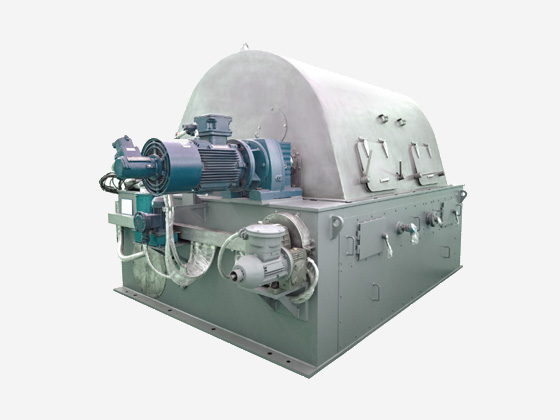Flaker drums are essential equipment used in various industries, including food processing, pharmaceuticals, and chemical manufacturing. Their primary function is to convert molten or viscous materials into thin, uniform flakes through a cooling and solidification process. The performance of a flaker drum is significantly influenced by the material properties of both the drum itself and the materials being processed. Understanding these impacts is crucial for optimizing flaker drum operations and ensuring consistent product quality.
1. Material Selection for Flaker Drums
The choice of materials used for constructing flaker drums directly affects their performance, durability, and efficiency. Common materials include stainless steel, carbon steel, and specialized alloys. Each material has distinct properties that influence heat transfer, corrosion resistance, and wear resistance.
- Stainless Steel: Known for its excellent corrosion resistance and durability, stainless steel is commonly used in flaker drum construction, especially in food and pharmaceutical applications. Its smooth surface finish also facilitates easy cleaning and minimizes product adhesion, leading to improved flake quality.
- Carbon Steel: While cost-effective, carbon steel is more susceptible to corrosion, which can affect the longevity and performance of the flaker drum. Protective coatings or liners may be necessary to enhance its resistance to wear and corrosion, especially when processing aggressive materials.
- Alloy Materials: In some applications, specialized alloys may be chosen for their specific properties, such as enhanced strength or thermal stability. These materials can improve the flaker drum's performance in challenging environments, ensuring consistent operation over time.
2. Thermal Conductivity
The thermal conductivity of the drum material is crucial for effective cooling and solidification of the materials being processed. High thermal conductivity materials, such as stainless steel, facilitate rapid heat transfer, allowing for faster cooling of molten products. This leads to improved flake formation and a more uniform product.
Conversely, materials with lower thermal conductivity can result in slower cooling rates, which may lead to thicker flakes or uneven solidification. Engineers must consider the thermal properties of the drum material to optimize the cooling process and achieve the desired flake characteristics.
3. Surface Finish and Texture
The surface finish of a flaker drum plays a significant role in product release and flake quality. A smooth surface reduces friction and enhances the release of flakes, minimizing the risk of product buildup on the drum. This is especially important when processing sticky or viscous materials, where adhesion can hinder performance.
The texture of the drum surface can also influence heat transfer and fluid dynamics. A properly designed surface finish can improve heat transfer efficiency, contributing to better cooling performance and consistent flake size.
4. Mechanical Properties
The mechanical properties of the drum material, such as tensile strength, hardness, and ductility, impact the flaker drum's ability to withstand operational stresses. High-strength materials can endure the mechanical forces associated with processing and prevent deformation or damage over time.
Additionally, materials with good ductility can absorb shocks and vibrations during operation, reducing the risk of cracking or failure. Engineers must select materials with appropriate mechanical properties to ensure the flaker drum can operate reliably under various conditions.
5. Corrosion Resistance
Flaker drums are often exposed to harsh environments, including moisture, heat, and corrosive substances. The corrosion resistance of the drum material is critical for maintaining performance and longevity. Stainless steel, for instance, offers excellent resistance to corrosion, making it suitable for applications involving wet or aggressive materials.
In contrast, materials that lack corrosion resistance may experience degradation, leading to contamination of the product and reduced drum efficiency. Regular maintenance and inspections are necessary to monitor the condition of the drum and address any signs of corrosion or wear.
6. Impact on Operational Efficiency
The interplay of material properties affects not only the performance of the flaker drum but also its operational efficiency. A well-designed flaker drum constructed from appropriate materials will minimize downtime, reduce maintenance costs, and ensure consistent product quality.
Conversely, using subpar materials can lead to frequent breakdowns, increased energy consumption, and poor product quality, ultimately impacting profitability. Understanding the material properties and their impact on performance allows operators to make informed decisions that enhance overall efficiency.
Conclusion
The impact of material properties on flaker drum performance is multifaceted, influencing various aspects of operation, from heat transfer and mechanical integrity to product quality and corrosion resistance. By carefully selecting materials based on their thermal, mechanical, and chemical properties, engineers can optimize the design and functionality of flaker drums, ensuring they meet the specific requirements of their applications. Ultimately, a well-constructed flaker drum contributes to improved operational efficiency and consistent product quality, making it a valuable asset in industrial processes.





Comments